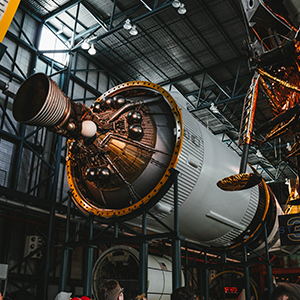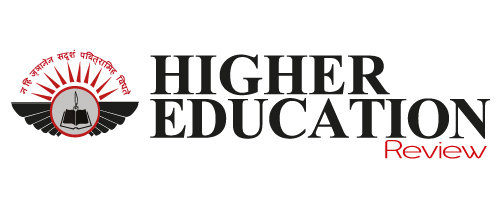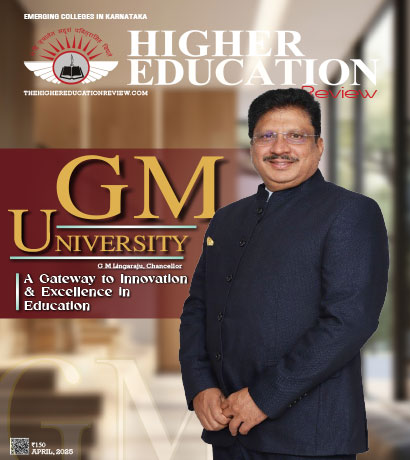Five Highest-Paying Aeronautical Engineering Jobs
 With the successful launch of Chandrayan-3 by ISRO (Indian Space Research Organization), the scope for aeronautical and aerospace operations has been skyrocketing. By 2030, there will be in an 8 percent increase in the demand for aeronautical engineers according to reports published in the media. Growth in the aviation sector has immensely propelled the growth in demand for careers in aeronautical engineering. New innovations in aerospace and avionics have taken the aviation sector to the next level where engineers have been engaged in mainstream applications of drone technology. It brings us to the fact that engineering has diversified its domain and is no longer restricted to the basic models that were prevalent before. Aeronautical engineering as a field of higher education is being sought after by aspiring youth and take part in the ongoing technology developments across the world.
With the successful launch of Chandrayan-3 by ISRO (Indian Space Research Organization), the scope for aeronautical and aerospace operations has been skyrocketing. By 2030, there will be in an 8 percent increase in the demand for aeronautical engineers according to reports published in the media. Growth in the aviation sector has immensely propelled the growth in demand for careers in aeronautical engineering. New innovations in aerospace and avionics have taken the aviation sector to the next level where engineers have been engaged in mainstream applications of drone technology. It brings us to the fact that engineering has diversified its domain and is no longer restricted to the basic models that were prevalent before. Aeronautical engineering as a field of higher education is being sought after by aspiring youth and take part in the ongoing technology developments across the world.
However, it is also important to know about the different career prospects that aeronautical engineers are likely to have after finishing their education. Let us now discuss the five most paid professions for aeronautical engineers and where they can go to receive specialized education on these subjects.
Aircraft Design Engineer
Aircraft design engineers work towards conceptualization, design, and development of new aircrafts or modify the existing ones. They are closely associated with various multidisciplinary teams in order to ensure that aircraft meet the required performance, provide safety, and adhere to all regulatory requirements. These engineers make use of advanced computer-aided design (CAD) software and simulation tools to model and analyze aircraft components and related systems. Aircraft design engineers typically have advanced degrees in aeronautical engineering or related fields.
One of the notable institutions that specialize in Aircraft Design Engineering is the Cranfield University in the United Kingdom. Cranfield University offers a Master's program specifically tailored to aircraft design, known as the "Aerospace Vehicle Design (AVD)" program.
Flight Test Engineer
Flight test engineers play a crucial role in the aerospace industry by conducting tests and evaluations on aircraft to assess performance, safety, and compliance with specifications. They plan and execute flight test programs, analyze data collected during test flights, and provide recommendations for improvements or modifications. Flight test engineers collaborate closely with pilots, aerospace engineers, and regulatory agencies to ensure that aircraft meet stringent certification requirements.
The Professional Course in Flight Test Engineering (P/FT&E) at the National Test Pilot School (NTPS) is designed for engineers and technical professionals who are involved in flight testing or the development of aerospace systems. The program provides a comprehensive education in flight test techniques, principles, and procedures, preparing students for careers in flight test engineering.
Aerospace Systems Engineer
Aerospace systems engineers work towards integrating and optimizing complex aerospace systems that include aircrafts, spacecrafts, and unmanned aerial vehicles (UAVs). They are responsible for the design delivery and design analysis of different aircraft systems such as propulsion, avionics, and control systems that ensure seamless operations and performance. Aerospace systems engineers also play a critical role in managing system requirements, developing test plans, and troubleshooting issues during the development and operation phases.
The Aerospace Systems Engineering program at MIT is specifically designed to help and support students with an all-encompassing understanding of the engineering principles and techniques relevant to the design, analysis, and operation of aerospace systems.
Aircraft Structural Engineer
Aircraft structural engineers are equipped with the expertise in design and analysis of the structural components of any given aircraft. The components include fuselage, wings, and landing gear. These professionals ensure that aircraft structures are robust, lightweight, and are able to offer stong protection for the stresses and loads that are encountered during a flight. Aircraft structural engineers utilize advanced computational tools and materials science principles to for the purpose of design optimization and bring out optimum performance of aircraft structures while adhering to safety and regulatory standards.
The Aircraft Structural Engineering program at Caltech is one of the popular in this regard that is designed to offer students a deep and comprehensive understanding of the principles and techniques involved in the design, analysis, and optimization of aircraft structures. The program covers a wide range of topics on the grounds of structural engineering, materials science, aerodynamics, and aerospace engineering.
Avionics Engineer
The primary focus of Avionics engineers are on the designing, developing, and integration of complex electronic systems and components in aircrafts. These systems include navigation, communication, and flight control systems. The professionals need to be closely associated with electrical engineers, software developers, and aerospace engineers in order to ensure that avionics systems meet the required performance, reliability, and safety requirements. Avionics engineers also play a crucial role in testing, troubleshooting, and maintaining avionics systems throughout the lifecycle of aircraft.
Embry-Riddle Aeronautical University offers a holistic program in Avionics Engineering specifically designed to support students with the education and skills required for a career in avionics systems design, integration, maintenance, and operation. The program covers a wide range of subjects related to avionics technology, including digital electronics, communication systems, navigation systems, aircraft sensors, computer systems, and more.
Aeronautical engineering offers a diverse and wide range of high-paying career opportunities within the aerospace industry. Whether it is designing a cutting-edge aircraft, conducting flight tests, optimizing aerospace systems, analyzing aircraft structures, or developing avionics systems, aeronautical engineers play a crucial role in shaping the future of the aviation sector and space exploration programs.

